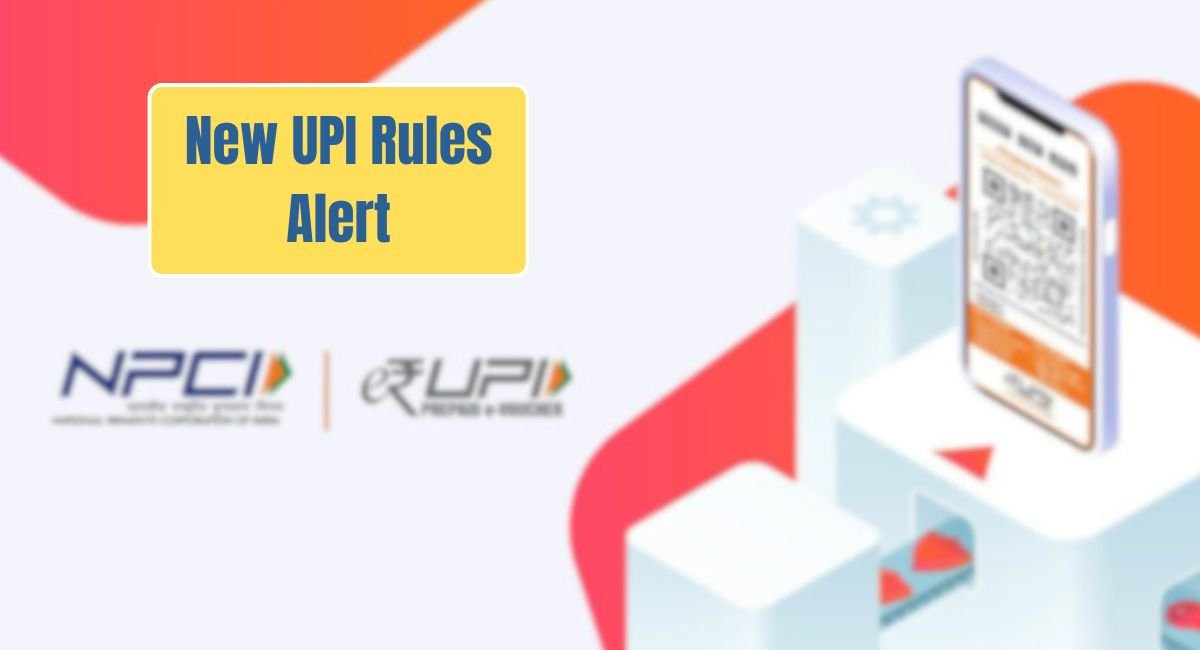The new regulations of Unified Payments Interface (UPI) transactions have been introduced by National Payments Corporation of India (NPCI) effective starting August 1, 2025. The updates are expected to streamline as well as to simplify digital payments and make them safer and more efficient by all users including ordinary people to merchants and banks.
Overview of the New Rules
The major changes are the following:
Balance Check Limit: The limiting of the number of times one would check his bank balance has been put to 50 times in a day on an app. Automatic balance checking in the apps should be stopped and instead be allowed by only the user.
Auto-Debit Limitation: The recurring payments (such as subscription or EMI) will also be put on hold but at an instance when they are not in high demand- either before 10 AM, between 1-5 PM or after 9:30 PM.
Linked Account Access: The access to bank accounts linked via a mobile number is restricted to 25 times per day per application which is only after the user clicks their bank.
Transaction Status Checks: There are only three times when a user may look at the status of a pending transaction with a delay in between looking it up set at 90 seconds.
Recipient Name Preview: Users will now preview the registered name of the recipient before a payment is confirmed, which will prevent fraud or error.
Dormant UPI IDs: UPI IDs that do not get any activity within more than a year will be deactivated automatically.
Impact on Users
Improved Security: Verification of the name of the recipient prior to payment lowers chances of sending money to the wrong recipient.
Less Frustration: Less time taken to clear pending transactions and automatic display of the balance once a user makes payment makes user experience.
Greater Awareness: Balance checking and views of accounts are restricted to induce conscious use.
Impact on Merchants
Pre-scheduled Payments: The companies that depend on auto-debits (e.g., OTT platforms, insurance provider companies) will have to adapt to the time changes.
Chargeback Limits: Avoiding misuse of refund request, the number of refund requests is now limited, with no more than 10 per month: the same applies individually to 5 per merchant.
Impact on Banks
System Load Management: Banks are now required to send balance information with every transaction messages thereby minimizing the send balance request queries.
Compliance Pressure: Failure to abide by the NPCI regulations can result in penalties, block of APIs, or the suspension of the onboarding of new customers.
Benefits
Less overload of servers when there is high traffic.
Increased protection against fraud and user identities
Even faster updates of transactions and more seamless experience
High control of recurring payments
Drawbacks
The limits can be seen as a limitation to heavy UPI users
The execution of auto-dabs may be delayed by the merchants
Banks and apps are required to provide backend advancements to ensure that it works
Final Thoughts.
Such new UPI regulations are taking the ecosystem of the digital payment toward reliable and secure. He believes that they might need adjustment, but they can only be beneficial to the users, businesses and banks through enhancement of efficiency and risks lowering.
